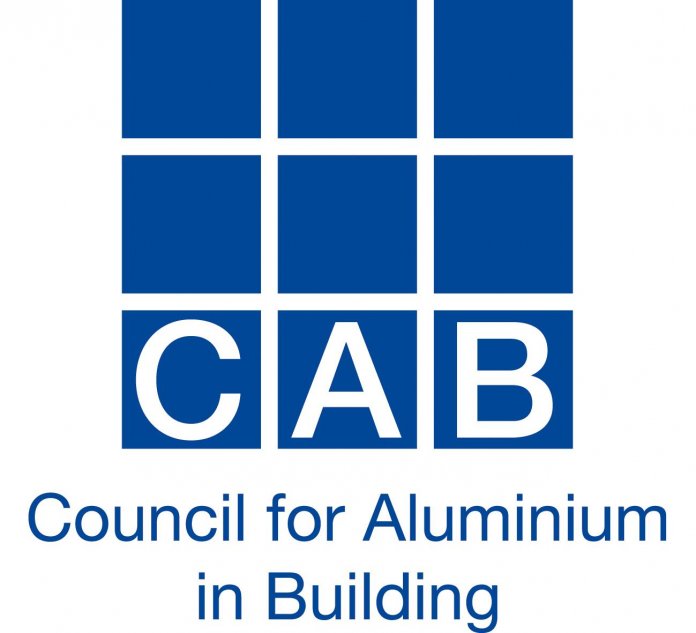Improved standards and guidance for constructors calculating embodied carbon are helping to deliver truly sustainable construction projects, however practitioners in the industry and any new legislation must also fully consider the circular economy alongside embodied carbon to avoid any unintended consequences. It is not logical to equate a material that is landfilled following demolition with one that is reused or recycled!
Lifecycle assessments (LCAs) are commonplace and are an essential part of delivering sustainable construction. LCAs assess and measure the sustainability credentials of building projects from extraction and manufacture of raw materials to use and maintenance of a building and, later, materials’ end-of-life.
By understanding where energy is required and environmental harm is caused during the construction process, the industry can reduce negative impact and work towards global net zero carbon emissions targets.
Previously LCAs often took a ‘cradle to gate’ view, considering the environmental impact of sourcing and manufacturing materials only. This was then broadened to ‘cradle to cradle’, reviewing the whole-life of a building, including operational impact. And now the current version of BS EN 15804 (BS 15804:2012+A2:2019) mandates in most cases the reporting of Module D alongside A and C.
Completing a whole-life LCA delivers a comprehensive embodied carbon calculation for a project, by reviewing:
- Module A – the sourcing of materials or products and delivery of the construction process; from extracting and manufacturing raw materials (A1-3) to transporting and constructing or erecting products or materials (A4-5).
- Module B – the operational use of a building; from operational energy usage to maintenance and repair, to replacement or refurbishment of materials (B1-5).
- Module C – the end-of-life process of a building; covering the expected or advisable deconstruction process, including transport, disposal and processing of waste (C1-4).
- Module D – reviewing the ongoing benefits of materials beyond a building’s primary use; covering the recovery, reuse or recycling potential of components and materials.
By calculating the additional benefits of reusing or recycling materials, Module D not only improves the embodied carbon calculations of an existing project but also reduces the requirements for Module A primary production for future projects.
The CAB has published a position paper with a formula to calculate Module D assuming closed loop recycling of materials (typically seen for metals such as aluminium). We will progress this work further in the future, highlighting practical considerations when using Module D, such as how it avoids any double-counting.
It is essential aluminium’s sustainability credentials after a building’s end-of-life are considered, as they mitigate any concerns about the high energy input required for initial aluminium production and benchmarking its benefits against alternative materials. Since aluminium can be infinitely recycled without losing its properties in a closed loop, the ability to measure its ongoing benefits in Module D further demonstrates its value and versatility as a construction material.
Including Module D in LCAs is regarded as the final piece of the puzzle for the construction sector to deliver on global net zero targets and create a futureproof circular economy. Without it, analysis cannot be truly comprehensive and any embodied carbon calculations or conclusions risk being reductionist with possible unintended consequences in the future.













